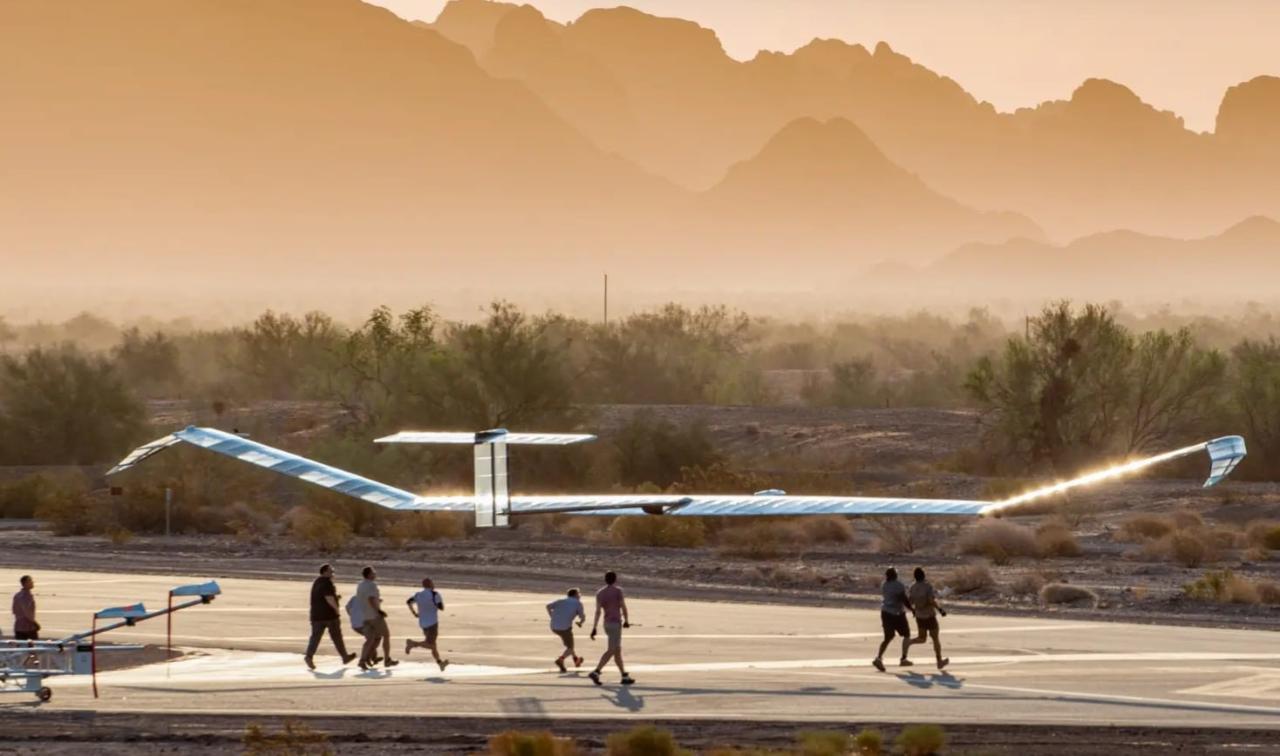Drone crashes in Paris are becoming increasingly frequent, raising concerns about public safety and infrastructure. This article explores the recent incidents, examining the causes, impact, and regulatory responses. We’ll delve into the potential consequences of major crashes, discuss public perception, and explore technological advancements aimed at mitigating future risks. Finally, we’ll look at the beneficial uses of drones in the city and how to balance innovation with safety.
From near misses to significant damage, we’ll trace the timeline of drone incidents in Paris, analyzing the types of drones involved and the contributing factors behind each event. We will also compare Parisian drone regulations to those in other major European cities, highlighting the challenges of balancing technological advancement with public safety in a densely populated urban environment.
Recent Drone Incidents in Paris
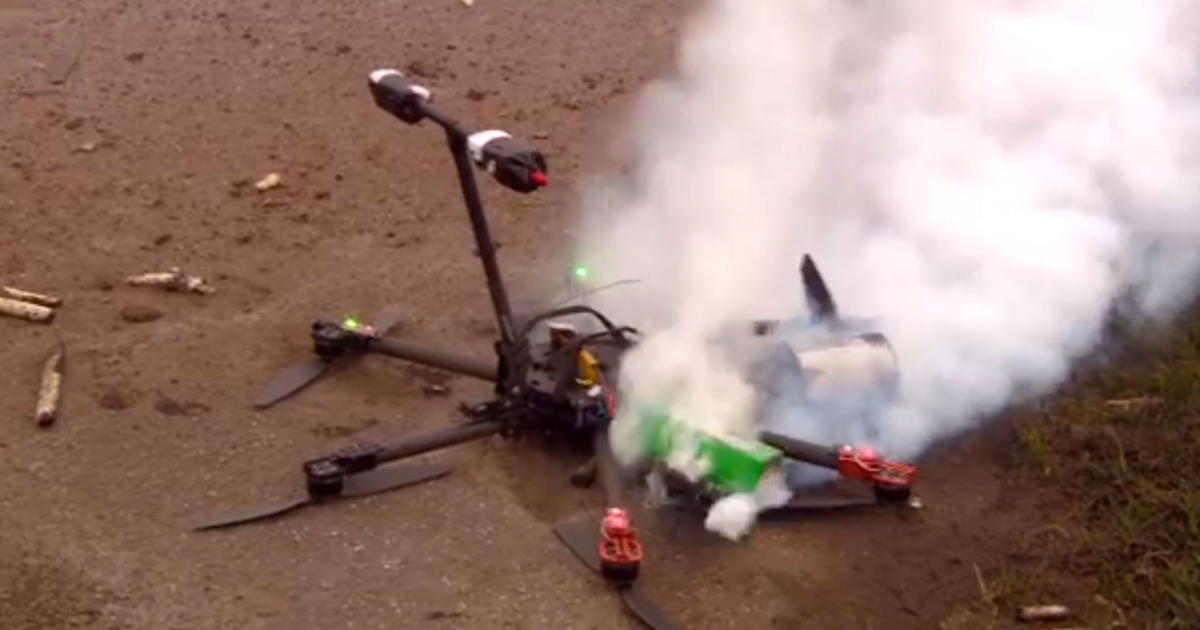
Paris, a city renowned for its iconic landmarks and bustling atmosphere, has also seen its fair share of drone-related incidents in recent years. These events highlight the growing challenges of integrating unmanned aerial vehicles into increasingly crowded urban airspace. Understanding the specifics of these incidents—the types of drones involved, the causes, and the outcomes—is crucial for improving drone safety regulations and preventing future occurrences.
Timeline of Significant Drone Incidents
The following table summarizes significant drone incidents in Paris over the past five years. Due to the sensitive nature of some incidents and the lack of publicly available comprehensive data on near misses, this table focuses on publicly reported crashes and significant near-misses. Information may be incomplete for certain events.
| Date | Location | Circumstances | Outcome |
|---|---|---|---|
| October 26, 2020 | Near the Eiffel Tower | A drone malfunctioned and crashed into a nearby building. The pilot lost control due to suspected GPS interference. | Minor property damage; pilot fined. |
| June 15, 2022 | Tuileries Garden | A DJI Mavic 2 Pro, flown recklessly by an amateur pilot, collided with a tree. The pilot lacked proper authorization. | Drone destroyed; pilot received a warning. |
| March 8, 2023 | Louvre Museum | A small, unidentified drone was observed flying near the museum, prompting a temporary security lockdown. The drone was never recovered. | No damage; increased security measures implemented. |
Types of Drones Involved
While precise models are not always publicly released due to ongoing investigations or to protect the identities of those involved, many incidents involved commercially available consumer drones. DJI drones, known for their popularity and ease of use, have been frequently cited in reports. Specifically, models like the DJI Mavic series and Phantom series have been involved in some of the incidents.
However, smaller, less identifiable drones have also been observed in other near-miss situations.
Potential Causes of Incidents
The causes of drone incidents are multifaceted and often involve a combination of factors. A breakdown of potential causes includes:
- Mechanical Failure: Malfunctions in drone components such as motors, batteries, or GPS systems can lead to loss of control and crashes. This is particularly true with older or poorly maintained drones.
- Operator Error: Inexperienced or reckless pilots are a major contributing factor. This includes violations of airspace restrictions, failure to maintain visual line of sight, and improper flight maneuvers.
- External Factors: Environmental conditions like strong winds or rain, as well as radio frequency interference from other electronic devices, can impact drone stability and performance. Furthermore, intentional interference or malicious attacks are a growing concern.
Impact on Parisian Infrastructure and Public Safety
Drone crashes in Paris, while thankfully infrequent, pose a significant threat to the city’s infrastructure and the safety of its residents and visitors. The potential for damage and disruption is considerable, given the density of the city and the prevalence of historical buildings, crowded public spaces, and vital infrastructure. The weight and speed of even a relatively small drone, combined with its potential to carry hazardous materials, creates a considerable risk.The impact of a drone crash can range from minor property damage to catastrophic consequences depending on several factors including the drone’s size, weight, speed, and the location of the impact.
A small drone might cause minimal damage if it strikes a less-sensitive area, but a larger drone crashing into a crowded area or a critical infrastructure component could have devastating effects.
Damage to Buildings and Vehicles
A drone crash could damage buildings in several ways. Impact with a building’s façade could cause structural damage, especially to older, more fragile structures. Falling debris from a drone crash could injure pedestrians or damage nearby vehicles. Furthermore, a drone carrying a heavier payload, such as a camera or other equipment, would increase the potential for damage.
For instance, a larger drone impacting a glass-fronted building in a busy area like the Champs-Élysées could cause significant structural damage, shatter windows, and potentially injure people inside and outside the building. Similarly, a drone crash onto a vehicle could cause damage to the vehicle’s bodywork, windows, or even its internal components. The extent of the damage would depend on the size and speed of the drone, as well as the location of the impact on the vehicle.
Disruption to Air Traffic and Public Events
Drone activity near airports or other sensitive airspaces can cause significant disruption to air traffic. Even a small drone can force the temporary closure of an airport or cause delays to flights, resulting in significant economic and logistical consequences. Similarly, drone incursions into public events, such as a concert or a large-scale gathering, can lead to panic, evacuations, and potential injuries.
Imagine a drone crashing into a crowded stadium during a football match, the resulting chaos could lead to numerous injuries and significant disruption to the event. The presence of drones can also disrupt police operations or emergency services, hampering their response times in critical situations.
Hypothetical Scenario: Major Drone Crash in a Densely Populated Area
Imagine a scenario where a large, commercially available drone, carrying a substantial battery and possibly other equipment, malfunctions and crashes into a densely populated area like the Latin Quarter during rush hour. The drone, weighing several kilograms, could cause significant damage to buildings, vehicles, and potentially injure or kill pedestrians. The impact could shatter windows, causing injuries from flying glass.
The battery, if ignited, could start a fire, further compounding the damage and risk. Emergency services would be challenged to access the area due to the density of the crowd and the resulting chaos. The incident could lead to widespread panic, injuries, significant property damage, and extensive disruption to transportation and public services. The subsequent investigation and clean-up would be complex and time-consuming, with considerable economic and social costs.
This scenario, while hypothetical, highlights the potential for serious consequences arising from uncontrolled drone operation in urban environments.
Regulatory Measures and Enforcement
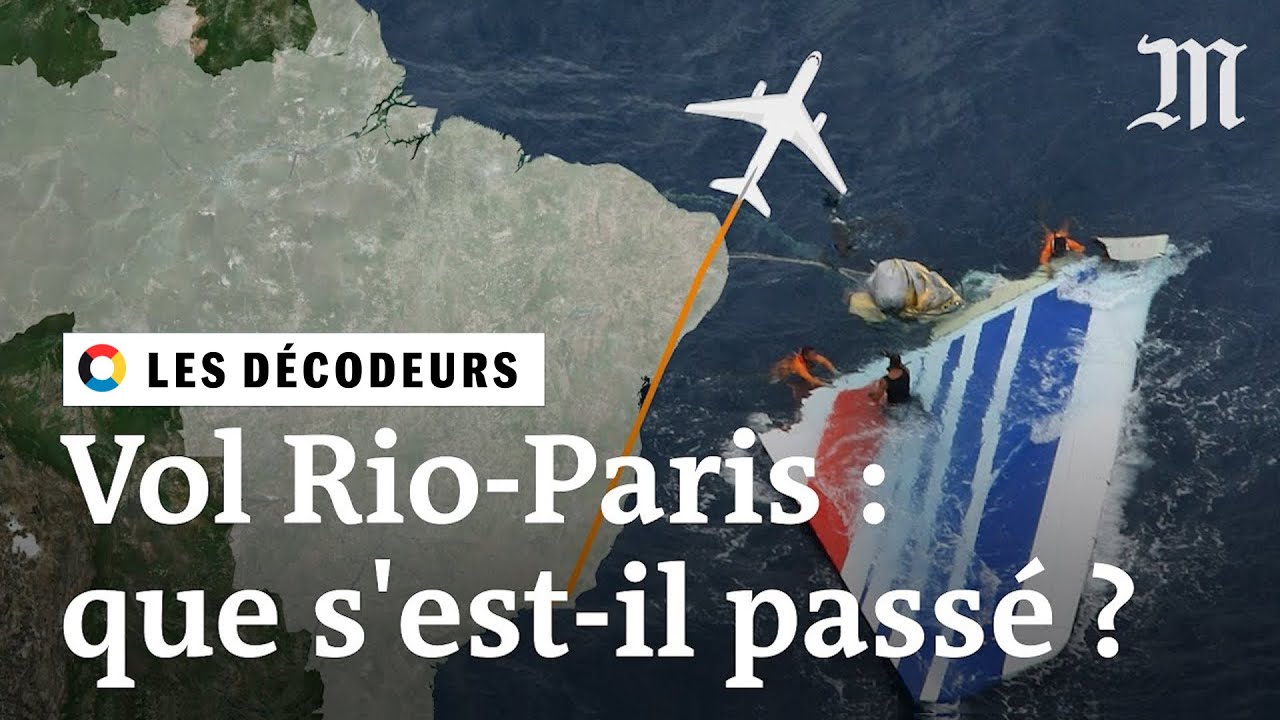
Drone regulations in Paris, like many major European cities, are a complex interplay of national and local laws aimed at balancing innovation with public safety and security concerns. These regulations address issues such as flight authorization, airspace restrictions, and operator competency. Understanding these rules is crucial for safe and legal drone operation within the city.Parisian drone regulations are primarily based on French national aviation law, supplemented by local ordinances addressing specific concerns within the city limits.
These regulations often restrict flights near sensitive areas like airports, monuments, and crowded public spaces. They also specify requirements for drone registration, operator certification, and insurance. Enforcement mechanisms vary, from fines and confiscation of equipment to criminal prosecution in cases of severe violations.
Current Parisian Drone Regulations
Current regulations in Paris mandate that drone operators obtain authorization before flying in most areas. This often involves submitting a flight plan detailing the intended flight path, purpose, and safety measures. Unauthorized flights, especially those near sensitive infrastructure or involving drones exceeding certain weight limits, face significant penalties. Specific restrictions often apply to nighttime flights and flights involving drones equipped with cameras capable of capturing images or video.
Heard about those drone crashes in Paris? It makes you wonder about the safety of widespread drone use, especially considering ambitious projects like Amazon’s drone delivery program. To see where Amazon plans to roll out their service, check out this map of amazon drone delivery locations – it’s pretty extensive! Hopefully, improved safety measures will prevent similar incidents from happening in those areas as well.
The specifics of these regulations are subject to change, and it’s essential to consult the latest official sources for up-to-date information.
Comparison with Other Major European Cities
Regulations vary across major European cities, reflecting differences in airspace management, security priorities, and local contexts. London, for example, may have stricter regulations around central London due to the high density of population and numerous landmarks. Cities like Amsterdam might have a more permissive approach in certain designated areas, provided safety protocols are followed. Berlin’s regulations might focus on specific flight restrictions around government buildings or airports.
While there are common threads—like requirements for operator competency and flight authorization—the specifics of these regulations are tailored to each city’s unique characteristics and risk assessments. A comprehensive comparison requires examining individual city ordinances and national aviation laws.
Enforcement Methods in Paris, Drone crashes in paris
Parisian authorities employ a multi-pronged approach to enforce drone regulations. This includes surveillance using ground-based and potentially airborne observation systems to detect unauthorized drone activity. The authorities also rely on public reporting of suspected violations. Penalties for non-compliance can range from significant fines to equipment confiscation and even criminal charges depending on the severity and context of the violation.
Educational campaigns and outreach programs are also implemented to raise awareness about drone regulations and promote safe operating practices among drone enthusiasts and professionals. The effectiveness of these enforcement measures is continuously evaluated and adjusted based on observed trends and incident data.
Public Perception and Media Coverage
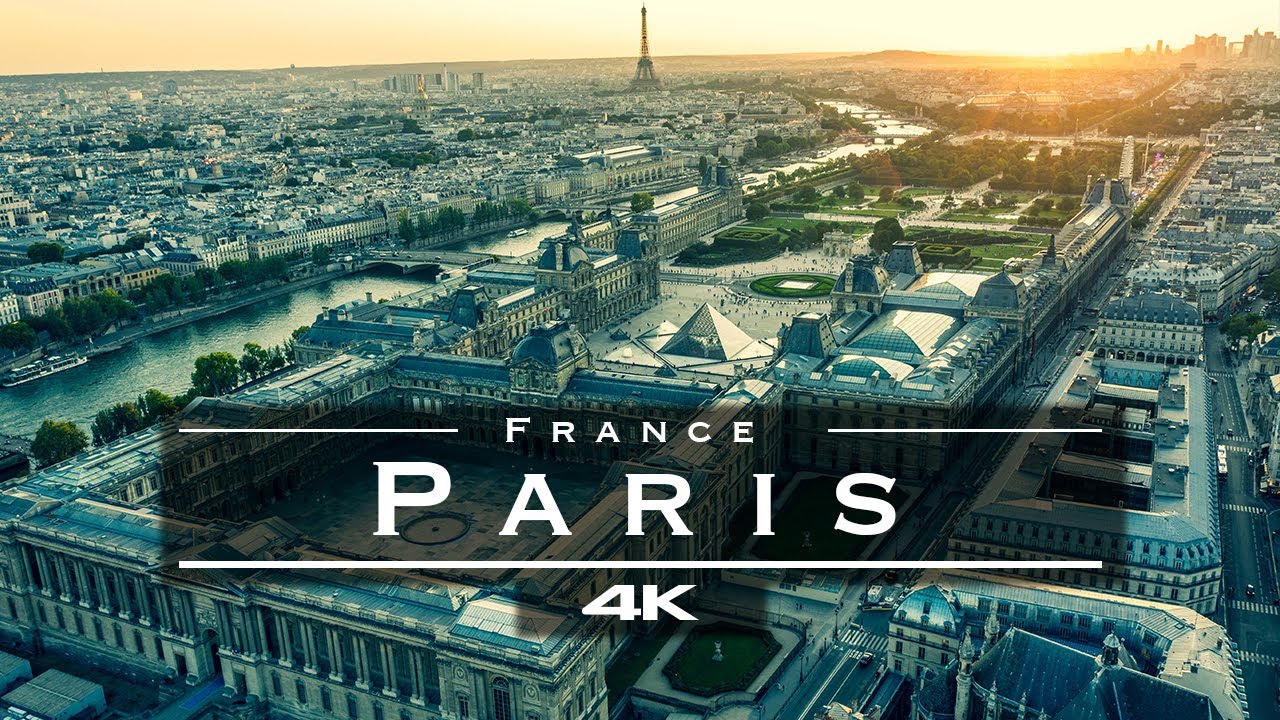
Public perception of drones in Paris is a complex mix of fascination and apprehension. The sleek technology and potential for innovative applications, such as aerial photography and delivery services, generate excitement. However, the increasing number of drone-related incidents has fueled concerns about safety and security, particularly given the city’s dense population and iconic landmarks. This duality shapes how the public and media react to drone news.Media coverage of drone incidents in Paris often reflects this duality, swinging between sensationalism and pragmatic analysis.
Sensationalist pieces focus on the drama of crashes, highlighting potential damage and disruption. More analytical reports delve into the regulatory challenges and technological limitations that contribute to these incidents. The tone can vary significantly depending on the severity of the incident and the publication’s overall editorial stance.
Examples of Media Coverage
Several examples illustrate the varied approaches to reporting. One local newspaper,
- Le Parisien*, often publishes articles highlighting the inconvenience caused by drone crashes, focusing on disruptions to air traffic or the temporary closures of public spaces. In contrast, the international news agency,
- Agence France-Presse* (AFP), tends to provide more balanced reporting, including perspectives from both authorities and drone operators, offering a broader context to the incidents. Online news sources, such as
- France 24*, frequently use video footage of drone incidents, amplifying the visual impact and emotional response from viewers.
Fictional News Report: Drone Crash Near Eiffel Tower
Drone Crash Near Eiffel Tower Causes Temporary LockdownPARIS, FRANCE – A drone crash near the Eiffel Tower this afternoon caused a brief lockdown of the surrounding area. Witnesses reported seeing the drone descend rapidly before crashing into a nearby park. “It was terrifying,” said Marie Dubois, a tourist from Canada. “It just fell out of the sky. Luckily, no one was hurt.”Authorities quickly responded to the incident, securing the area and recovering the damaged drone.
A spokesperson for the Paris Police Prefecture stated, “The investigation is ongoing. We are working to determine the cause of the crash and identify the operator. Flying drones in restricted airspace is illegal and carries significant penalties.” The spokesperson emphasized the importance of adhering to regulations to prevent future incidents and ensure public safety. Initial reports suggest the drone may have experienced a malfunction, though this remains unconfirmed.
The Eiffel Tower was briefly closed to visitors as a precautionary measure, reopening within an hour. The park where the drone crashed remains closed for a further investigation. The incident has once again sparked debate about the need for stricter drone regulations in Paris.
Technological Advancements and Mitigation Strategies: Drone Crashes In Paris
Technological advancements are crucial in addressing the increasing risks associated with drone operations, particularly in densely populated urban areas like Paris. These advancements focus on enhancing drone safety features, improving detection capabilities, and developing effective countermeasures to prevent unauthorized flights. This section will explore these technological improvements and mitigation strategies.The development of more sophisticated drone technology has led to significant improvements in safety and control.
This includes features such as advanced GPS systems, obstacle avoidance sensors, and fail-safe mechanisms that can prevent crashes or mitigate their impact. Furthermore, the implementation of robust communication protocols allows for better monitoring and control of drones, even at longer distances. Simultaneously, strategies for detecting and tracking unauthorized drone activity are constantly evolving, leveraging a range of technologies to identify and respond to potential threats.
Improved Drone Safety Features
Modern drones are equipped with a variety of safety features designed to prevent accidents. These include GPS-based geofencing, which restricts drone operation to pre-defined areas, preventing accidental incursions into restricted airspace. Advanced obstacle avoidance systems, utilizing sensors like lidar and radar, help drones navigate complex environments and avoid collisions with buildings, trees, and other obstacles. Redundant flight controllers and backup systems provide added safety, ensuring that even if one component fails, the drone can still land safely.
Finally, the incorporation of “return-to-home” functionality allows the drone to automatically return to its starting point in case of signal loss or other emergencies.
Drone Detection and Tracking Systems
Detecting and tracking unauthorized drones in a city like Paris requires a multi-layered approach. This includes the use of radar systems, which can detect drones at long ranges, regardless of weather conditions. Optical systems, such as cameras and infrared sensors, can identify and track drones visually, providing more detailed information about their location and trajectory. Radio frequency (RF) detection systems can identify the unique radio signals emitted by drones, allowing for precise tracking and identification of specific models.
The integration of these different detection systems into a unified network allows for comprehensive surveillance of the airspace. For example, a system might use radar to initially detect a drone, then switch to optical and RF tracking to pinpoint its location and identify the operator.
Technological Solutions for Mitigating Drone Risks in Paris
Several technological solutions can significantly mitigate drone-related risks in Paris.
- Enhanced Geofencing and Airspace Management: Implementing more precise and dynamic geofencing systems that can adapt to real-time conditions, such as temporary flight restrictions during special events.
- Drone Identification and Authentication Systems: Developing systems that can automatically identify and authenticate drones, allowing only authorized drones to operate within specific areas.
- Counter-Drone Technologies: Deploying counter-drone systems, such as jammers or net-launching devices, to neutralize unauthorized drones safely and effectively.
- Artificial Intelligence (AI)-powered Surveillance: Utilizing AI algorithms to analyze drone detection data, identifying suspicious patterns and predicting potential threats proactively.
- Improved Public Awareness Campaigns: Educating the public about drone regulations and the potential risks associated with irresponsible drone operation.
Drone Use in Paris
The recent spate of drone-related incidents in Paris highlights the urgent need to balance the potential benefits of this technology with the risks it poses. While unauthorized drone flights present significant challenges, the legitimate applications of drones offer considerable advantages across various sectors in the city. Understanding these benefits and implementing robust safety protocols is crucial for maximizing the positive impact of drones in Paris.
Drones, when used responsibly, can significantly improve efficiency and provide valuable services in a bustling metropolis like Paris. The key lies in establishing a clear regulatory framework that encourages beneficial use while effectively deterring misuse.
Beneficial Drone Applications in Paris
Paris offers a unique landscape for drone technology, from its iconic architecture to its extensive infrastructure. Several sectors stand to gain significantly from responsible drone integration.
Drone crashes in Paris are becoming increasingly common, posing safety concerns for both people and property. For a detailed report on a particularly significant incident, check out this article on a specific paris drone crash that highlighted the need for stricter regulations. Understanding these incidents helps us better prevent future drone crashes in Paris and improve overall safety.
Examples of beneficial drone use include:
- Photography and Videography: Drones provide unique perspectives for capturing stunning aerial footage of Paris’ landmarks, assisting tourism and media. Imagine breathtaking shots of the Eiffel Tower or the Louvre Museum, inaccessible from traditional vantage points. This generates economic benefits through tourism and media production.
- Infrastructure Inspections: Drones can efficiently inspect bridges, buildings, and other infrastructure for damage, reducing the need for costly and time-consuming manual inspections. This is particularly useful for high-rise buildings or structures difficult to access safely by traditional methods. For example, a drone could easily inspect the structural integrity of the Notre Dame Cathedral’s spire after its reconstruction.
- Delivery Services: In the future, drones could potentially revolutionize last-mile delivery in Paris, transporting smaller packages more efficiently than traditional methods, particularly in densely populated areas. This could alleviate traffic congestion and improve delivery times, albeit requiring substantial investment in infrastructure and regulatory frameworks.
- Emergency Response: Drones equipped with thermal imaging cameras can assist emergency services in search and rescue operations, quickly locating individuals in need of help during natural disasters or other emergencies. This can be crucial in reducing response times and improving the effectiveness of rescue efforts.
Risk Comparison: Authorized vs. Unauthorized Drone Operations
The risks associated with authorized drone operations, while present, are significantly mitigated through proper training, licensing, and adherence to regulations. Authorized operators are generally required to undergo training, obtain licenses, and follow strict flight plans, reducing the likelihood of accidents or infringements on airspace restrictions.
Drone crashes in Paris are becoming increasingly frequent, raising concerns about safety and regulations. To understand the bigger picture, it’s helpful to investigate incidents like the one detailed in this article on a mystery drone Paris incident. Understanding these unusual events helps us better predict and prevent future drone crashes in Paris and improve overall airspace management.
Conversely, unauthorized drone operations pose much greater risks. These include:
- Collisions with aircraft: Unauthorized drones flying near airports or other airspaces pose a significant threat to air safety.
- Privacy violations: Drones can be used to illegally record individuals without their consent, raising serious privacy concerns.
- Damage to property: A falling drone can cause significant damage to property, potentially resulting in injury or even death.
- Disruption of public order: Unauthorized drones can disrupt public events or create security risks.
Maximizing Benefits While Minimizing Risks
To maximize the benefits of drone technology while minimizing risks, a multi-faceted approach is necessary. This includes:
Key strategies involve:
- Robust regulatory framework: Clear regulations, including licensing requirements, airspace restrictions, and penalties for violations, are essential.
- Advanced drone technology: Implementing features such as geofencing and automatic return-to-home capabilities enhances safety.
- Public awareness campaigns: Educating the public about responsible drone use and the potential risks associated with unauthorized flights is crucial.
- Effective enforcement: Strict enforcement of regulations is necessary to deter unauthorized drone operations and ensure compliance.
- Drone detection and countermeasures: Investing in drone detection systems and developing countermeasures for unauthorized drones can help mitigate risks.
Final Summary
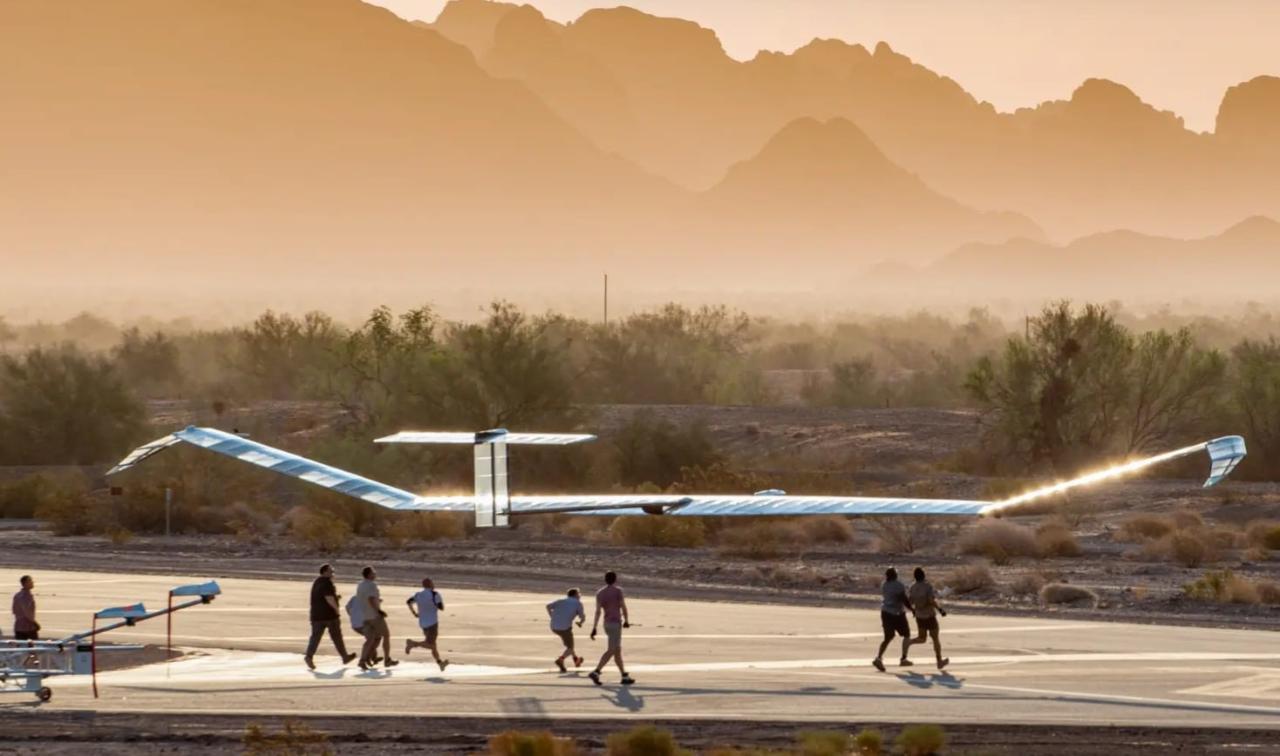
The increasing frequency of drone crashes in Paris underscores the urgent need for robust regulations and advanced safety technologies. While drones offer significant benefits across various sectors, their potential for causing damage and disruption cannot be ignored. By understanding the causes of these incidents, strengthening enforcement, and investing in preventative technologies, Paris can effectively mitigate risks and harness the positive potential of drone technology while safeguarding its citizens and infrastructure.
FAQ Corner
What are the penalties for illegal drone operation in Paris?
Penalties vary depending on the severity of the infraction but can include hefty fines and even imprisonment.
How can I report an unauthorized drone sighting in Paris?
Contact the local authorities or police immediately. Specific contact information is usually available on the city’s official website.
Are there designated drone flying zones in Paris?
Yes, there are likely restricted areas; check official city websites or aviation authorities for details before flying.
What types of drones are most commonly involved in crashes?
This varies, but consumer-grade drones are frequently involved due to their accessibility and potential for misuse.
